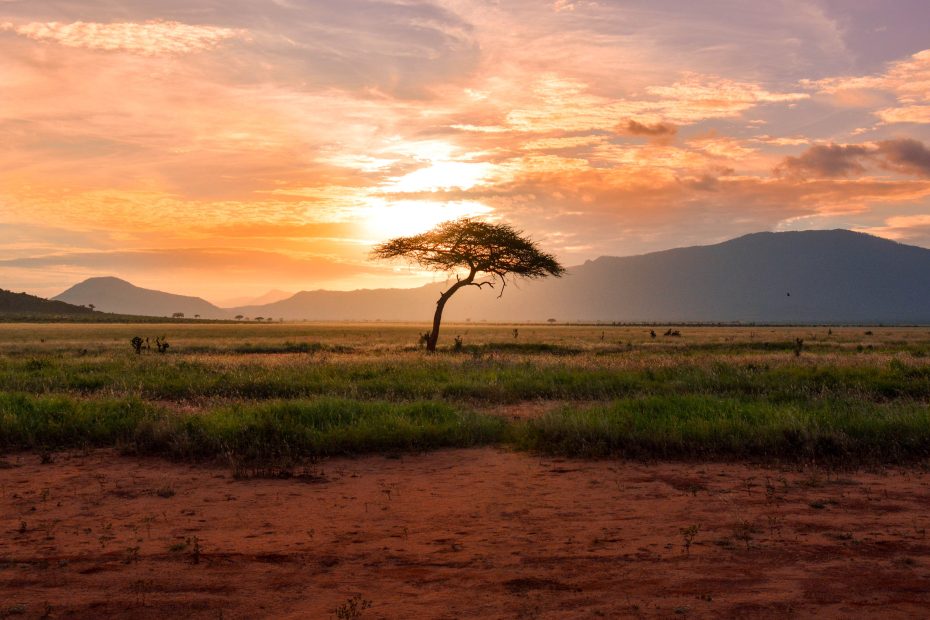Table of Contents
Introduction
The Democratic Republic of Congo (DR Congo) is home to some of the most ancient and pristine rainforests in Africa. Spread across the vast Congo Basin, these rainforests are a nature lover’s paradise with their incredible biodiversity, intricate waterways, and breathtaking scenery. For those seeking close encounters with gorillas, an adventure down wild rivers, or to be enveloped by raw and powerful nature, the Congolese rainforests offer an unforgettable experience.
Unique Wildlife
The rainforests of DR Congo are home to numerous endangered and endemic animal species. One of the main draws is the opportunity to view the majestic mountain gorillas in their natural habitat. More gorillas live here than anywhere else on earth. Trekking to see these gentle giants up close is an unforgettable highlight for many visitors.
Chimpanzees, bonobos, and forest elephants also inhabit these forests, along with the rare okapi, an elusive animal that looks like the hybrid of a zebra and giraffe. The diversity of bird life in the rainforests is also astounding, with over 1,000 species identified so far. For wildlife enthusiasts, the Congolese rainforests offer a lifetime’s worth of sightings.
Lush Flora
In addition to animals, the rainforests boast an incredible diversity of plants and trees. Lush tropical vegetation flourishes in the warm, wet climate. Towering trees form high canopies with countless species of flowers and plants on the forest floor below. Many remain unidentified and undocumented to this day. Several plants have proven medicinal value for indigenous communities, underscoring the treasures still hidden in this complex ecosystem.
Congo River
DR Congo gets its name from the mighty Congo River which snakes through the rainforests. This is the deepest river in the world and second longest in Africa. Originating from the highlands in Zambia, it flows through dense rainforests and wetlands, with many tributaries joining it along its 4,700 km route. This immense river system sustains a thriving diversity of fish and aquatic life.
National Parks
Several national parks in DR Congo protect sections of rainforest for conservation and tourism. Virunga National Park in the east is arguably the most famous, home to the rare mountain gorillas. Garamba National Park boasts elephants, giraffes and chimpanzees, while Salonga National Park is Africa’s largest tropical rainforest park. Maiko National Park stretches from rainforest into savanna landscape, with both forest elephants and grazing plains game.
Activities for Nature Lovers
For nature lovers visiting the Congolese rainforests, the top activity is often gorilla and chimpanzee trekking to observe these primates up close in the wild. Wildlife safaris are also popular to see forest elephants, antelope species, and other animals. Since over 900 bird species inhabit the forests, avid birdwatchers are drawn here hoping to spot rare and colorful birds. Many visitors enjoy learning about the forest from indigenous BaAka guides, gaining ancient environmental wisdom.
Efforts for Conservation
Protecting the DR Congo’s rainforests is crucial but challenging due to armed conflict, poaching, mining interests and other threats. Conservation groups partner with local communities and rangers to protect endangered species like mountain gorillas from poachers and habitat loss. Ecotourism and sustainable tourism models ensure local people also benefit economically from the rainforests to encourage preservation. Stopping deforestation and working with logging companies is another important conservation effort.
Challenges
Sadly, the rainforests of DR Congo face substantial challenges today. Deforestation for timber and agricultural land continues, reducing this precious habitat. Armed conflict disrupts conservation work and threatens protected areas. Improving local infrastructure like roads to aid the economy also fragments areas of pristine rainforest. Mining interests eye resources under the forests for future extraction. Changing these realities to save DR Congo’s exceptional rainforests for future generations remains an uphill battle.
The Future
Looking ahead, developing sensitive ecotourism could make rainforest preservation align with economic incentives for Congolese communities. Prioritizing sustainable use of resources, rather than short-term gains like logging, could also protect these ecosystems. International cooperation and funding are essential to expand conservation initiatives successfully. Although the situation is complex, the biodiversity riches of DR Congo’s rainforests deserve protection for the benefit of the global community.
Conclusion
For nature lovers, the rainforests of the Democratic Republic of Congo offer a mesmerizing world of wildlife encounters, verdant ecosystems, and powerful wilderness. Home to gorillas, chimpanzees, endemic birds and plants, and the mighty Congo River, these biodiversity hotspots contain amazing treasures. Although facing substantial threats, conservation efforts strive to protect DR Congo’s rainforests for future generations to explore and enjoy. Their majestic beauty serves as a constant reminder of why intact natural places are worth saving here on earth.
FAQs
What are the main animals found in DR Congo’s rainforests?
Some of the main animals are mountain gorillas, chimpanzees, forest elephants, okapi, and over 900 species of birds. Many endangered and endemic species live in these forests.
How many national parks protect the rainforests?
There are four main national parks protecting sections of rainforest in DR Congo – Virunga, Garamba, Salonga, and Maiko National Parks.
What is the major river flowing through the rainforests?
The mighty Congo River, the world’s deepest river and Africa’s second longest, flows through the Congo Basin rainforests in DR Congo.
What are some threats facing the rainforests today?
Threats include deforestation, poaching, armed conflict disrupting conservation, infrastructure development, and mining interests wanting to extract resources.
Why are efforts to protect the rainforests important?
These rainforests have incredible biodiversity and provide local economic benefits through ecotourism. Protecting them is crucial for future generations.
